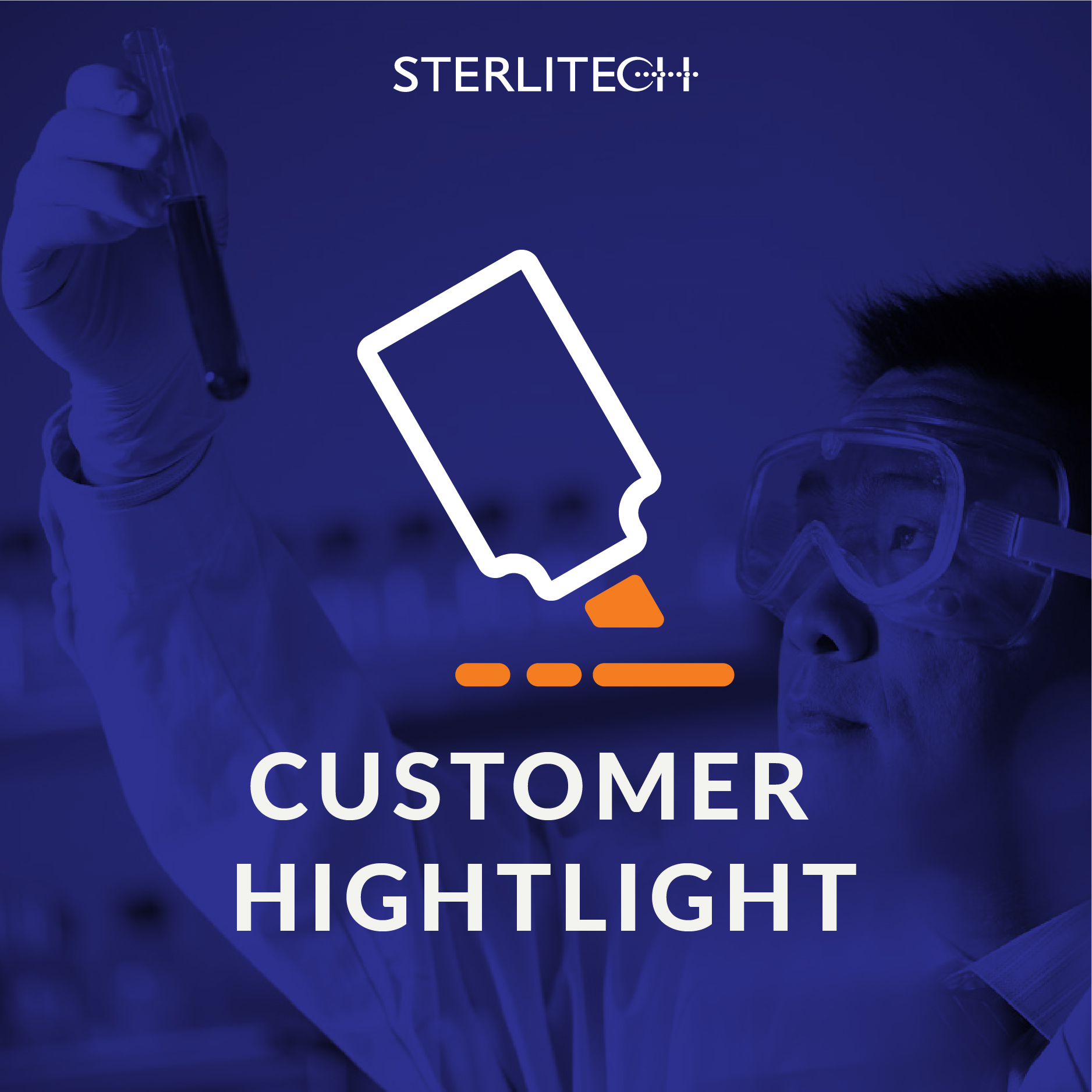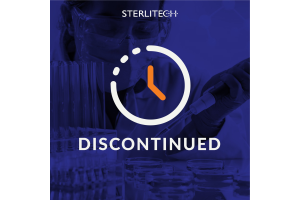Sterlitech Customer Highlight: Lauren Weinrich
March 11, 2015

March is Sterlitech's biggest month for trade shows and exhibitions. This year we're doing back to back exhibitions at the AMTA/AWWA Membrane Technology Conference and at Pittcon. And we're not the only ones. At last week's AMTA Conference, we met with Lauren Weinrich who let us know that she would also be at Pittcon to present "Method Development Using Luminescence for Biodegradable Organic Carbon Measurements in Drinking Water."
Her presentation will be part of a symposium held tomorrow, March 12, at 1:30 PM, titled "Using Analytical Solutions to Target Emerging Issues in Drinking Water Safety."
The symposium will convey how analytical instrumentation is critical for monitoring and protecting public health in drinking water treatment. The symposium’s speakers include chemists, engineers, and public health officials that are on the forefront in analytical method development for unregulated contaminants, conducting emergency response, and optimizing drinking water treatment. An excerpt from the Dr. Weinrich's abstract follows below:
"A sufficient nutrient supply exacerbates unwanted bacterial proliferation in drinking water systems; however locations exist within the treatment process in which bacterial proliferation can be an advantage. Targeting the fraction of labile or easily assimilable organic carbon (AOC) has been applied in the drinking water industry for decades to reduce microbial regrowth in distribution systems and control water quality. A novel freshwater luminescent AOC test was developed by genetically modifying the traditional test bacteria Pseudomonas fluorescens P-17 (P17) and Spirillum strain NOX with luxCDABE operon fusion and inducible transposons to produce bioluminescent strains. Typically measured through serial dilutions and spread plate counts following extended incubation periods, the AOC assay has been improved by utilizing luminescence as the measurement application. A test for seawater was developed using the marine organism Vibrio harveyi, which is naturally bioluminescent. Both the freshwater and marine AOC test is automated and use a sensitive, photon-counting, luminometer that allows high throughput, replicate analyses, at a low cost. The AOC test is used in drinking water to evaluate biofouling potential and recently in reclaimed water to evaluate regrowth potential in the distribution system. The presentation will discuss a study of elevated AOC levels ranging from 150 to 1,400 µg/liter (n = 146) in reclaimed water that were primarily responsible for bacterial growth and could contribute to the occurrence of opportunistic pathogens such as Legionella and Mycobacterium. Another study of biological filters indicated that 42% of AOC was removed between the influent and effluent even in filters that were incidentally biologically active. The level of AOC provides a monitoring tool for efficient biological filters that remove nutrients from treatment plant effluent, observe and control impacts of oxidation and chemical addition, and improve biological stability."
Share on Facebook
Share on Twitter
Share on Pinterest
Comment(s)
Did you find this article helpful?
0
0
Loading...
Categories
- Most Viewed Blog Articles (5)
- Company News (284)
- Emerging Technologies (64)
- Microbiology and Life Science News (93)
- Water and Fluid Separation News (97)
- Filtration Resources (93)
- Product News (19)
Recent Posts
Archive

![Join Sterlitech at BIO 2024 [Booth #5558]: Exploring the Future of Biotechnology](https://www.sterlitech.com/media/blog/cache/300x200/magefan_blog/b4.jpeg)




